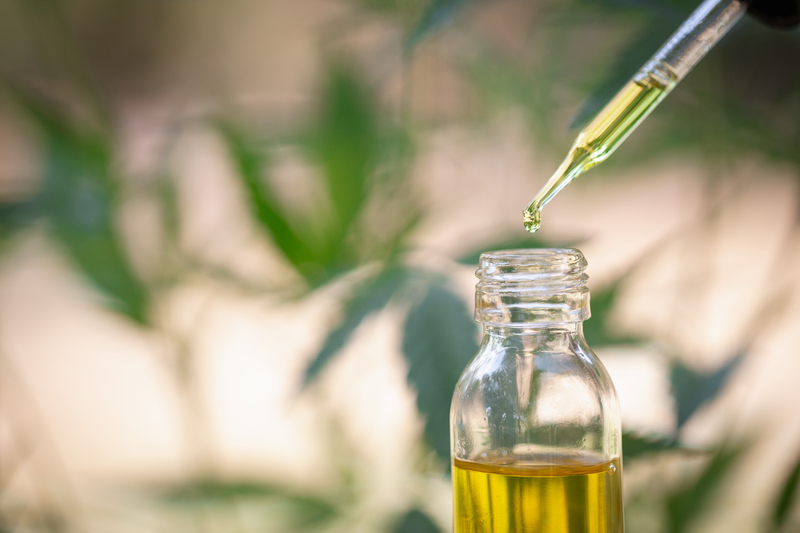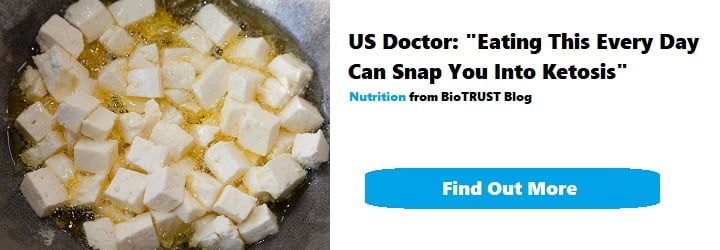CBD Dosage: How Much CBD Do I Need?

With a 59% boon in sales in 2019 (compared to 2018) and another 42% growth expected in 2020, the CBD industry is budding. And while there’s certainly some hyperbole and sketchy peddlers, the rise in popularity is, for the most part, merited. After all, you’d be hard-pressed to find another readily-available natural remedy with as much healing power as hemp.
Now, when it comes to sipping the CBD Kool-Aid, perhaps the most burning, contentious question is: How much CBD do I need? Whether you’re just jumping on the bandwagon, you’re a CBD veteran, or you’re a “been-there-done-that” former user, this is an important question. And as you’ll see, the answer is critical to making sure you get the most out of your CBD and reap the expected rewards.
Believe it or not, a LOT of folks who try CBD don’t experience the touted benefits. If you’re a “been-there-done-that” former dabbler who left CBD in your rearview mirror because you didn’t feel anything, I think you’ll be surprised to learn that the reason it fell short of your expectations was because you were using the wrong product or weren’t dosing properly. If I had to hedge my bets, you’ll be back on the CBD train in no time once you read this article.
It’s Simple Complicated
Believe it or not, the answer is simpler than you might expect: It depends. I know, you hate that answer. And it would be a cop-out if I left you hanging. But the good news is that I won’t.
Of course, individual differences apply. Along those lines, there’s no one-size-fits-all CBD dosage guide that works for everyone all the time. In other words, “it depends” on:
- Body size. A bigger body means a broader-spanning endocannabinoid system (ECS), which in turn means, generally speaking, a relatively bigger dose of CBD.
- Genetics. Certain genetic variants can affect the body’s creation and breakdown of its natural CBD-like compounds—called endocannabinoids—as well as the breakdown of phytocannabinoids. For example, variants of the FAAH (fatty acid amide hydrolase) gene, the enzyme responsible for the breakdown of the anandamide (AEA, a endocannabinoid also known as the “bliss molecule”), can increase or decrease the need for CBD depending on whether the variant speeds up or slows down, respectively, the breakdown of AEA. 1
- Intensity of health concern. Generally speaking, the intensity of the health concern is proportionate to the CBD dose. In other words, the farther you are from a healthy body, the more CBD you’re likely to need to get to a normal baseline.
- CBD tolerance/experience. Some CBD experts believe that most people’s ECS has been in a “drought.” As a result, CBD newbies often need to “prime the pump” with a loading dose. That is, folks who are new to CBD often need to start with a higher dose. On the other hand, many folks find they can actually get away with taking less CBD over time. This is because CBD compounds, or builds up, over time in the body. 2
Beyond that, there are some additional day-to-day factors to consider like…
- Stress levels. The body’s ECS is directly affected by stress. Specifically, stress increases the activity of the FAAH enzyme, which speeds up the rate the body breaks down its natural CBD-like compounds. In simple terms, that means you may need more CBD on higher-stress days. 3
- Timing. Research has shown that taking CBD with dietary fat (such as MCT oil or a high-fat meal) can significantly improve absorption. 2 In other words, if you take CBD on an empty stomach, you may notice the effects faster, but you may also need a heftier dose to do so.
- Diet. The body produces its natural cannabinoids “on-demand,” and it makes them from omega-6 and omega-3 fatty acids. Said differently, your diet can have a tremendous affect on your ECS and, along those lines, your CBD needs.
Although this conversation can get a little complex, the bottom line is a healthy intake and ratio of omega-6 to omega-3 fatty acids is necessary for a properly-functioning ECS. The problem—and it’s a huge, pervasive one—is that the typical Western diet (and its high omega-6 to omega-3 ratio) leads to, among other things (such as increased neuroinflammation) overstimulation of the ECS. This can lead to desensitization of the ECS receptors as well as obesity. 4,5
Meanwhile, a deficiency of omega-3s (which also enhances the expression of the “entourage compounds” found in hemp) impairs ECS function, while a healthy omega-3 intake offsets the negative effects of omega-6 fats. What’s more, the anti-inflammatory effects of omega-3 fatty acids are likely to be exerted through the ECS. 6
The take-home point is that your diet can have a big impact on your CBD needs. More specifically, a diet high in omega-6-rich oils (like soybean, canola, corn, safflower, and sunflower oils, which are found rampant in processed foods) and low in omega-3 fats (most people don’t consume nearly enough) warrants a greater amount of CBD to help restore normal ECS function.
As you can see, a number of factors can go into determining the right CBD Dosage.
CBD Dosage Tips for Beginners
With all that being said, most experts agree that when it comes to dosing CBD, the best advice is to start low and go slow. (Another example that Run-DMC was far ahead of its time.)
Generally speaking, most users will find 10 – 30 mg daily is an effective dose. While that can be taken all at once, many people also find splitting into two doses (roughly 12 hours apart) is ideal.
While most people should feel something fairly soon after taking CBD, if you don’t feel a difference within the first two weeks, then it’s time to up your dose. In other words, pick a daily dose and be consistent with it. Typically within two weeks, you’ll notice if that’s the sweet spot for you.
Why Getting the RIGHT CBD is Crucial
Now, here’s something really, really important: When I’m making this recommendation, I’m talking about using a true full-spectrum hemp extract that provides 10 – 30 mg of CBD. A full-spectrum extract is one that provides all of the hundreds of different potentially healthy compounds native to the hemp plant, which also contains:
- Phytocannabinoids (more than 100 others besides CBD), including CBN, CBG, CBC, and CBDV
- Terpenes, such as myrcene, pinene, limonene, and caryophyllene
- Flavonoids, like cannflavin A
There’s compelling scientific evidence showing that all of these hemp-derived phytochemicals work better together—a phenomenon scientists call the entourage effect. In fact, these non-CBD compounds are called “entourage compounds” because they enhance the effects of CBD.7,8
Along these lines, research indicates full-spectrum hemp is the best way to get your daily CBD dosage because these additional hemp-derived compounds boost the effects of CBD. On the other hand, if you’re using a product that contains “CBD isolate”—which means CBD has been isolated from all the other phytochemicals naturally found in hemp—then you’re likely going to need a much higher dose.
In fact, at the recent Lucky Leaf Expo in Dallas, Texas, leading hemp researchers and CBD experts reported you’d need to use up to four times more CBD in isolate form to get the same effects as you would from a full-spectrum CBD-rich extract.
So, if you’ve used CBD in the past with little to no results to show for it, perhaps it’s because you were using a CBD isolate. But here’s another scary reason: Many high-concentration CBD products advertised as full-spectrum extracts are actually spiked with either CBD isolate or synthetic CBD, which could explain lackluster results despite even higher dosing.
Of course, there’s one more reason why CBD might have left you disappointed: Your CBD is fake. Yes, unfortunately, the market is littered with low-quality products that not only don’t contain what they promise, they may even be a vehicle for potentially dangerous contaminants. If you’re using a quality product and a high enough dose, you should feel something, often the first day.
How have you been using your CBD? What have you found works best for you? Is there a CBD dosage that works best for you?





